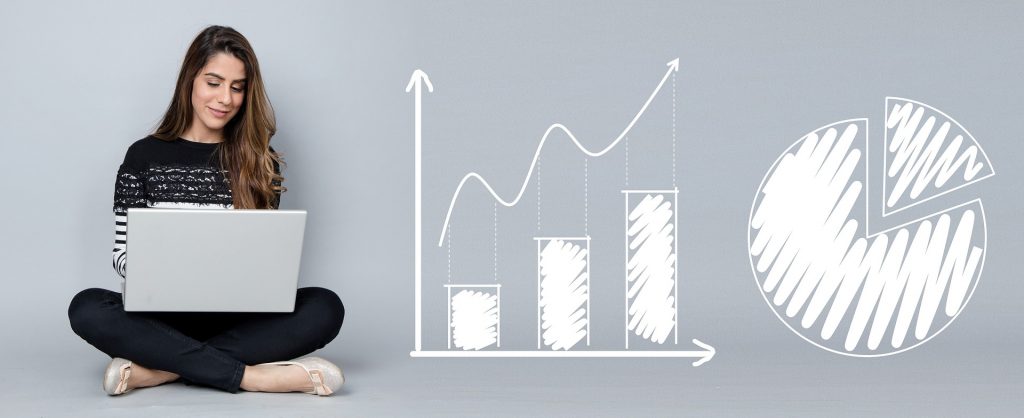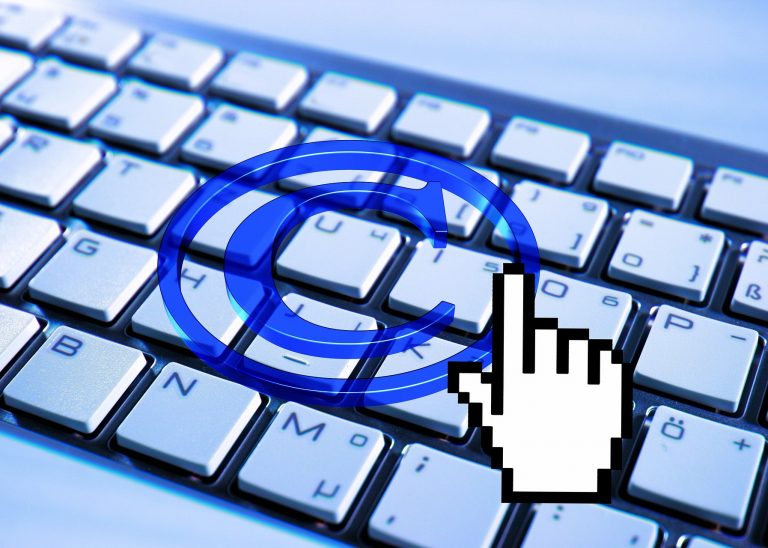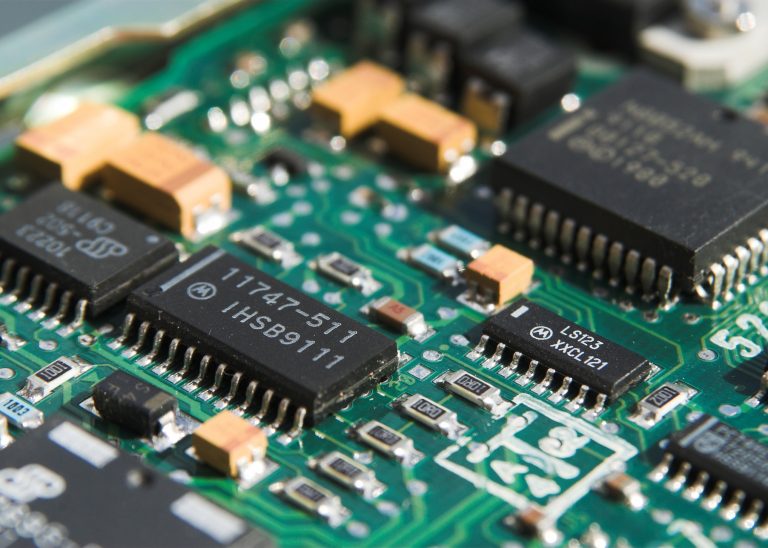Figuring out how big the market is for your invention or product idea can go from beguilingly clear to painfully opaque. In this discussion, we won’t be giving you a one-size fits all solution, but it will help you to break it down and make the assessment relevant for what you are trying to do.

ADDRESSABLE MARKETS
Total addressable market (TAM) is bigger than served addressable market (SAM).
The total addressable market is the potential sales revenue that would come from satisfying 100% of the market demand for a product or service. In most cases it’s not that hard to think about and work out, i.e., the combined revenue of all firms selling solutions into that market. However, there are exceptions for very disruptive innovation:
- The market can expand significantly, and in the extreme;
- The market itself is created.
Uber is a great example of significantly expanding the market, where the TAM was greater than the value of taxi rides because the app also fosters usage where a taxi would not be in the running. Sony’s Walkman product is a case of the latter point of disruptive innovation. Introduced in the late 70s, the Walkman did not replace an existing portable device of pre-selected music, so TAM was not defined or constrained by existing products. This concept also goes the other way: TAMs shrink when innovation causes product or service to be included in another solution e.g., standalone, hand held GPS devices.
SAM, served addressable market, is the amount of revenue actually being earned by one or more defined suppliers. The SOM, or share of market, is the amount in revenue or percentage of the total, help by a supplier or set of suppliers. Instead of thinking about other players, focus on the business you are trying to plan, your SAM and SOM.
CALCULATING YOUR MARKETS
Try to calculate TAM from the bottom up, i.e., count values of the participants to come up with the total, and check from top down, with some other market estimate. For example, if you plan to sell a solution that enables vaccine to survive without refrigeration, count up vaccine sales by manufacturer. Sometimes this is in one and the same document, such as in an equity analyst’s report. Here is a checklist from an excellent report that Credit Suisse did on TAM. [link to CS TAM p.26]
For a much more in-depth review of TAM, covering base rates, Bass models, ecosystems and diffusion rates, try this report from Credit Suisse [link to CS TAM report]
Figuring out how much of the SAM you can serve is dependent on your capacity to produce, deliver and displace existing products due to your value proposition.
Even if you have the world’s most airtight patent, you still need to produce what you want to sell and get it to customers. While you could spend an unlimited amount produce and distribute your product, you would not do so as a business unless you expected to reach a point when your costs left some margin. This means that there are constraints and the constraints here can include: productive capacity, distribution, technology diffusion rates, and relative value proposition of your offering.



